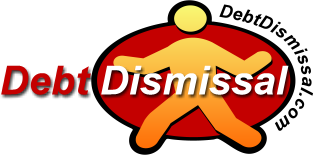Refinancing credit card debt refers to credit card balance transfer where you pay your current debt with another credit or loan. It is not debt negotiation as you don’t have to discuss with your creditors to reduce the principal amount. Refinancing means you still have to pay monthly payments, but to a different credit card debt loan provider or a lender. The main idea is to stop the time bomb of current credit card debt. However, refinancing is not that easy as it sound, and you must enter carefully to gain all benefits.
Refinancing Debts
Refinancing debts are one approach to help credit card holders settle credit card debt loan. In this advanced age, almost everyone have credit cards, and they are big business as well; with numerous organizations making a lot of money through finance charges. The normal yearly rate is around 16% on many credit cards. With that sort of interest, it can be hard for a person to pay down a loan, as it continually charging interest which also add to the principal amount. For a smart customer, refinancing can allow to reduce the current debt; no additional charges and no multiple payments, and eventually managing credit card debt.
Steps to Refinance Credit Card Debt
How much debt you have?: Do you have to pay on a student loans, do you own an appliance, or a car? Make a list of all your current debts and don’t forget to include credit card debt. This will help you determine which debt should be refinanced and which one can be consolidated.
Your ability to Pay: Planning and cost management are key to make credit card debt refinance deliver the results ultimately. Budget your spending as well as the income. Don’t look for quixotic approaches and just figure out where you can make cuts so that you can effortlessly pay off the amount (highest possible) each month. After this, determine how much time it will take to clear the current debt.
Talk about charges as well as the penalties with your present lender: Most of the people think about paying off their debt in one single lump sum; however, this may include penalties. Check this on your contract to get the details about these penalties or speak with your creditor to know if there are any penalties or fees in your case.
Find a loan provider with a better option: Now you know how much debt you have, you did the budgeting and planned everything, and You know about the penalties as well. So here comes the last step; find an appropriate lender! You can start with online financial services as well as the lenders because they will react quickly without demanding a difficult process on your side. Approach banks as well as the dedicate lenders to effectively look for the best potential rates. This step might take a little while, but it is wise to look for the best option. Never forget to check the reviews as well as the rating of online lenders before doing business with them.
